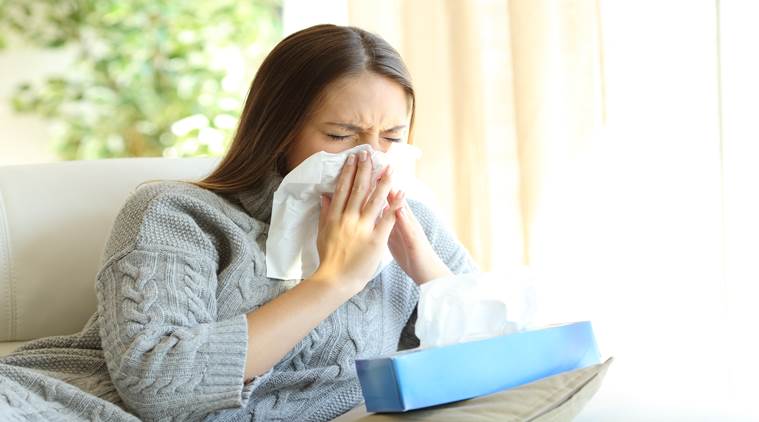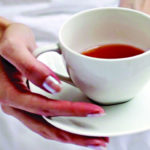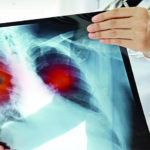
The common cold is also a viral disease. It mainly affects the upper respiratory tract or the upper respiratory tract. Usually responsible for rhinovirus.
In case of infection, this virus is similar to coronavirus. Spreads from person to person. However, it is a virus of a slightly weaker nature. This is because it affects the upper respiratory tract but does not affect the lower respiratory tract or the lungs. So it goes without saying that there is no amount of damage.
Symptoms
- Runny nose
- Nasal congestion
- Mild sore throat
- Cough
- Fever on the skin
- Fever can fluctuate between 99 and 104 degrees
- Headache
- Sneezing
- Physical weakness
This fever differs from typhoid
- Typhoid fever usually does not have a cold or cough.
- In the case of rhinovirus, the fever starts with a cold or cough.
- Typhoid is usually accompanied by long-term elevation. Rhinovirus at relatively low temperatures.
- Typhoid can cause diarrhea. It will not have diarrhea.
- If you have typhoid again, rash will appear on the body. Rhinovirus will not cause rash.
The difference between common cold and coronavirus
- Corona infects the lungs. Rhinovirus does not.
- Viral fever should be understood when fever starts with cold and cough. There is no reason to panic. However, the corona should be tested quickly.
Complications
Colds often lead to secondary infections. May cause tonsillitis, middle ear infection or otitis media. May cause ear pain.
May cause pneumonia. Acute sinusitis may occur. Asthma patients may have an asthma attack.
Resistance
It is commonly seen that if one person in a family has a cold, everyone gets it. So you have to practice regular hand washing for prevention. Stay away from contact with the infected person. Content used by the infected person cannot be used. Glass and other accessories used by the infected person cannot be used.
Treatment
- Be sure to test the corona quickly. If there is a negative or other symptoms of corona, these colds usually do not require treatment. Symptomatic treatment is sufficient.
- Paracetamol is given for fever and anti-histamine for cold. In this case the patient recovers within 7-21 days.
Caution
Many people may experience two alarming symptoms after the viral fever has subsided. E.g.-
1. Post Viral Dry Cough (Dry Cough)
2. Post Viral Head-Ack (Headache)
If necessary, in these cases, a doctor’s advice must be taken.



















